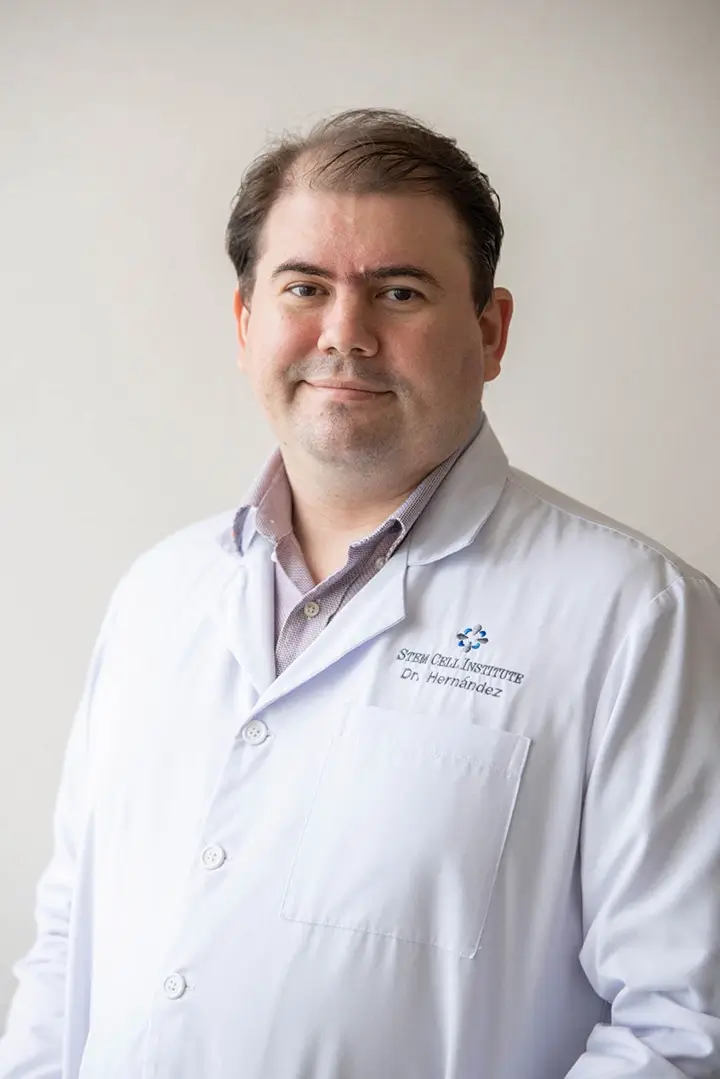Mary Posta suffers from multiple sclerosis, a debilitating
disease that progressively degenerates the nervous system of its victims through
stripping away the insulator proteins surrounding the nerves called myelin.
In January of this year Mary Posta completed raising funds
to be treated by Cellmedicine in Central America using stem cells and returned
from treatment feeling "really good". Specifically, after a month spent at
Cellmedicine, she stated "I can walk and talk better, and there are other
things." She adds "My memory seems to be better. I’m moving faster on thinking
and talking, and I have a lot more energy. I used to have to take sleeping pills
but have not had to start taking them again."
The stem cell therapy comprises of an intensive four-week
program of stem-cell and physical therapies. The stem cells used are from adult
sources and therefore are not subjected to the ethical controversy associated
with other types of stem cells such as fetal or embryonic stem cells.
Cellmedicine has previously published results of the first
three multiple sclerosis patients in a peer reviewed medical journal which can
be found at this link
http://www.translational-medicine.com/content/pdf/1479-5876-7-29.pdf
The approach used involves administration of the cells
purified from the fat of the patients. These cells contain two types of stem
cells, one called mesenchymal and the other called hematopoietic. Additionally,
cells extracted from fat include alternatively activated macrophages and T
regulatory cells. At a theoretical level these cells may be mediating their
effects as follows:
Mesenchymal stem cells are known to inhibit multiple
sclerosis when administered in animal models of the disease, as seen in this
video
http://www.youtube.com/watch?v=D2RIuCc5h0A . The video discusses one
mechanism by which mesenchymal stem cells achieve this effect, particularly
through induction of an enzyme called indolamine 2,3 deoxygenase, which is
responsible for shutting down autoreactive T cells. Since multiple sclerosis is
a disease in which T cells are mediating destruction of the myelin sheath,
suppression of autoreactive T cells is theoretically beneficial. Additionally,
mesenchymal stem cells are known to produce various growth factors that increase
ability of the body’s own cells to repair themselves. Furthermore, some studies
have suggested that mesenchymal stem cells themselves are capable of
differentiating into oligodendrocytes and Schwann cells, which produce myelin,
as well as into brand new nervous system tissue.
Hematopoietic stem cells are conventionally known as
the cells that are responsible for the therapeutic effect of bone marrow
transplantation. That is, these are the cells that produce all the blood cells
in the body. More recent studies have shown that hematopoietic stem cells, such
as CD34 positive cells, are capable of producing growth factors such as IGF-1,
these are capable of protecting various cells in the body from premature cell
death. Additionally, there are some studies that suggest CD34 cells are capable
of regenerating injured nervous system tissue.
Alternatively activated macrophages comprise a
subset of the immune system cell classically known as the "big eater". While
conventional macrophages are involved in protecting the body from disease by
eating pathogens, as well as producing inflammatory stimuli, alternatively
activated macrophages are involved in healing of damaged tissue. It is known
that alternatively activated macrophages generate substances such as
interleukin-10 that shut down ongoing immunological/inflammatory reactions, as
well as assist in tissue healing.
T regulatory cells resemble the "anti-matter" of T
cells. The body has two parallel universes of T cells. The conventional T
cells are responsible for attacking everything that does not belong to the
body. That is, conventional T cells recognize and kill bacteria, viruses, and
other pathogens. On the other hand, T regulatory cells recognize everything
that "belongs" to the body. For example, there are T regulatory cells in the
body that recognize myelin. The difference between T regulatory cells and
conventional T cells is that T regulatory cells do not "kill" but instead
prevent what is being recognized by conventional T cells from being killed. In
other words the T regulatory cells serve as a backup mechanism for the immune
system so that in situations such as multiple sclerosis, where the conventional
T cells are attacking something that they should not be attacking, the T
regulatory cells try to inhibit that attack. Unfortunately in multiple
sclerosis, by the time the disease is clinically detected, the T regulatory
cells are not exerting their effects for reasons some known and some unknown.
Adipose tissue contains high numbers of T regulatory cells, which are more
potent than T regulatory cells found from other tissues in the body. This is
explained in this video, which discusses a publication from Harvard Medical
School
http://www.youtube.com/watch?v=rEJfGu29Rg8.
Given the potent combination of stem cells, and other
therapeutic cells, found in fat tissue, it is interesting that the company
Vet-Stem has already commercialized the procedure of using fat-derived cells for
treatment of companion animals. Here is a video discussing some of Vet-Stem’s
technologies
http://www.youtube.com/watch?v=hEkSJo3CmPc .
Use of fat stem cells in patients with multiple sclerosis
has been previously reported in numerous other media venues:
CBS News:
http://www.youtube.com/user/cellmedicine#p/u/24/wIcUaKZWOSE
Fox 4 News:
http://www.youtube.com/user/cellmedicine#p/u/25/1j1F57olCdI
Texas Channel 8 News:
http://www.youtube.com/user/cellmedicine#p/u/21/r_mOKM5__00
CBS 4 News:
http://www.youtube.com/user/cellmedicine#p/u/19/mxd6t3izxtw

